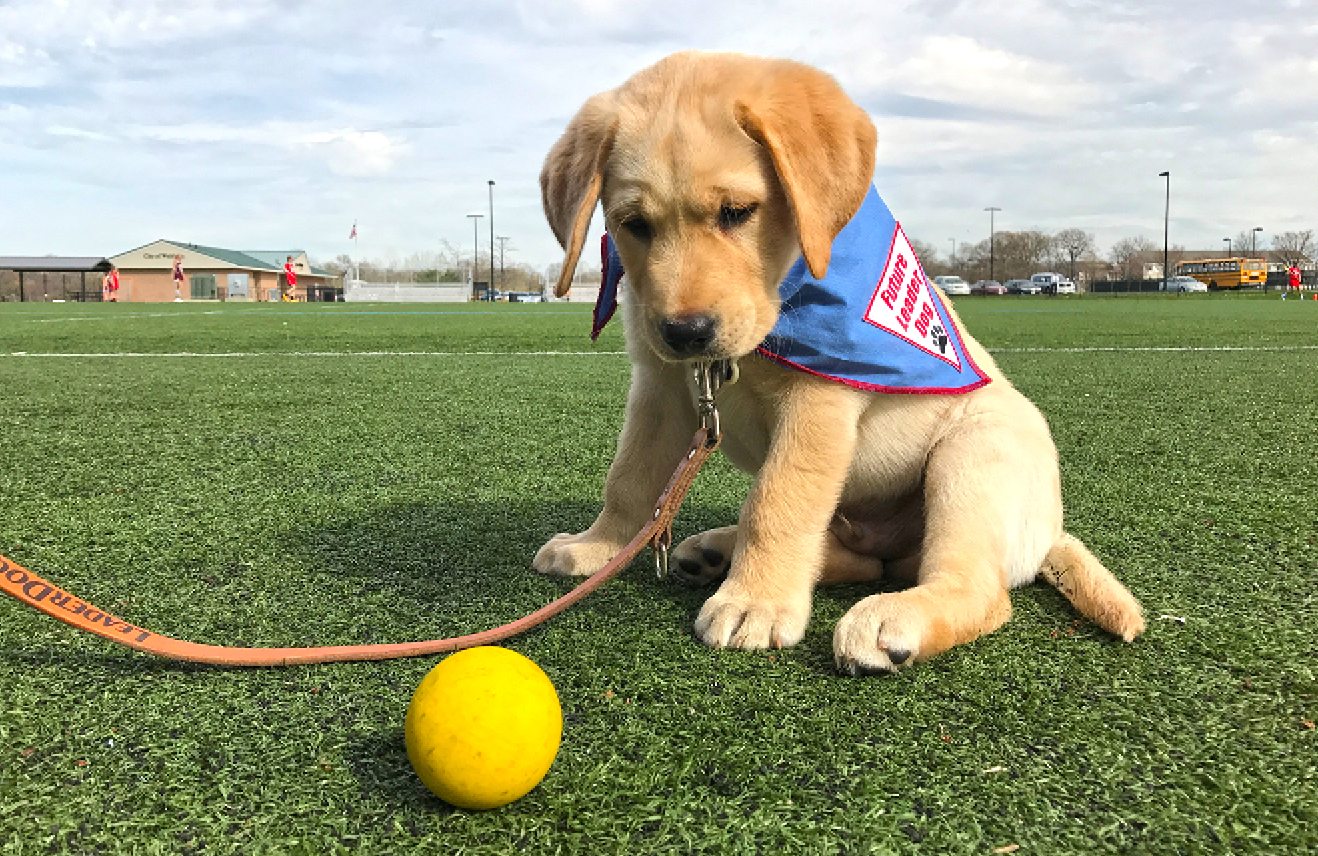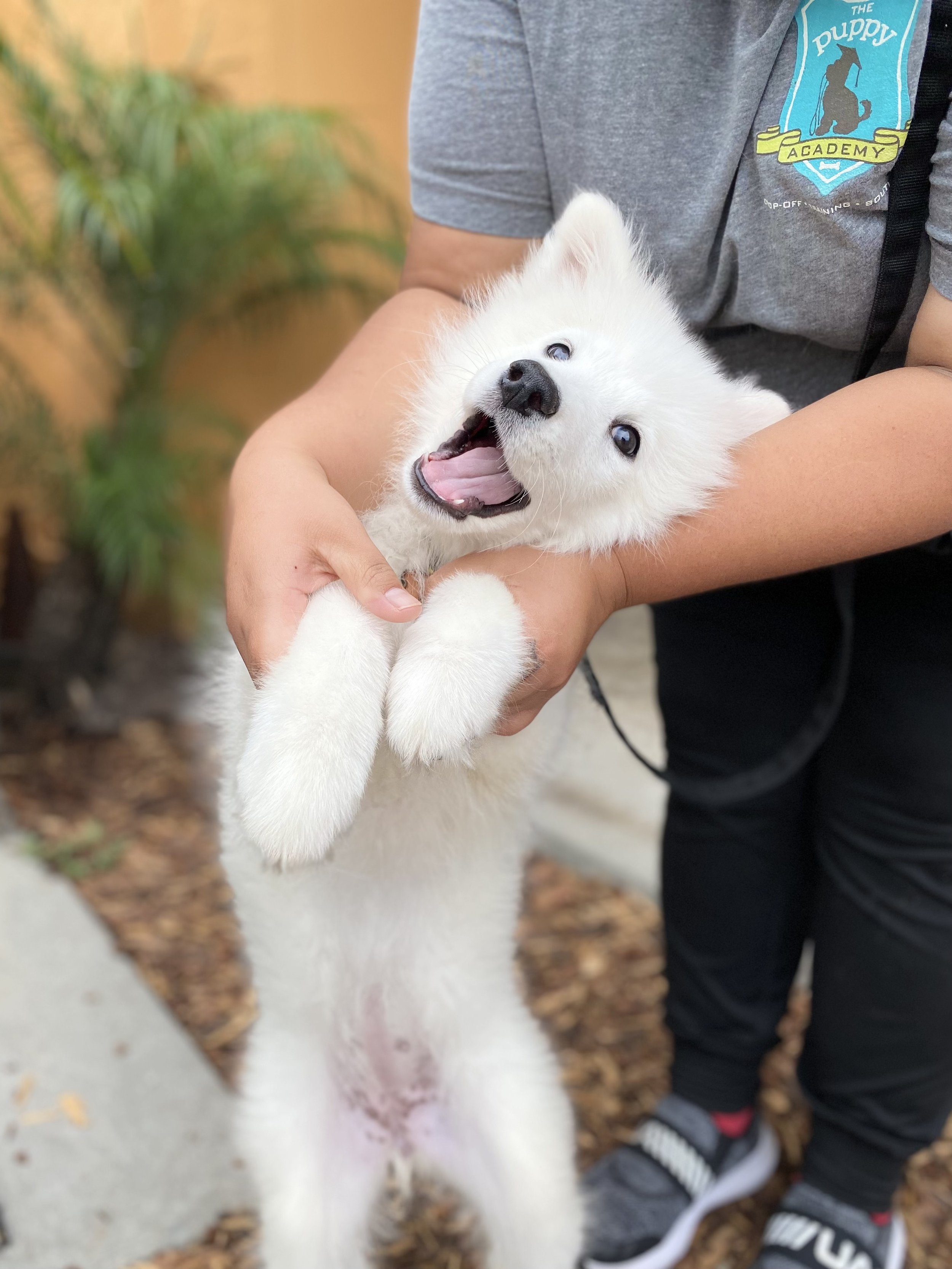Puppy Training Techniques: Teaching Basic Commands for a Happy Pet
Puppy Training Techniques: Teaching Basic Commands for a Happy Pet
Blog Article
Leading Puppy Training Methods to Ensure a Mannerly Pet
Effective young puppy training is critical for growing a mannerly companion, and various methods can significantly influence a pet dog's growth. As we explore these approaches further, it becomes clear that the success of puppy training hinges on a mix of approaches that can transform your family pet's behavior in remarkable ways.
Favorable Support Strategies
Using favorable support strategies is vital for efficient pup training, as it urges preferred habits through rewards instead of penalty. This method takes advantage of on the natural understanding procedures of pets, enhancing excellent actions by offering instant and substantial rewards, such as treats, praise, or play. By associating favorable end results with particular actions, pups are most likely to duplicate those actions in the future.
Incentives should be given instantly after the preferred habits occurs to produce a clear connection in the puppy's mind. In addition, differing the kinds of benefits can preserve a young puppy's rate of interest and motivation throughout the training process.

Consistency in Training Commands
Maintaining consistency in training commands is crucial for reinforcing the lessons found out with favorable reinforcement methods. Pets thrive on regular and predictability, so using the exact same verbal commands and hand signals for certain behaviors is important. This harmony assists puppies comprehend what is anticipated of them, lowering complication and irritation for both the trainer and the animal.

Timing additionally plays a considerable role in uniformity. Commands need to be provided without delay throughout training sessions and complied with right away by positive support, such as treats or appreciation. This immediate feedback assists strengthen the organization between the command and the wanted behavior.
Including consistency right into training sessions will produce a stable understanding environment, advertising quicker mastery of commands. Eventually, a well-structured approach promotes a solid bond between the pup and its owner, causing a more well-behaved and loyal pet.
Socializing With Various Other Animals
Socializing with various other animals is important for a young puppy's advancement, as it aids them learn proper actions and communication abilities in varied social contexts. Very early interactions with various animals can substantially affect a puppy's character and flexibility in numerous situations. When pups are exposed to a range of family pets, they come to be more positive and less scared, which can avoid possible behavior concerns later on in life.

Additionally, observing body language during interactions is essential. Show your young puppy to recognize signals from various other family pets, such as indications of playfulness or discomfort, promoting shared respect and understanding. Normal socialization not only enhances your pup's social abilities but also adds to their general well-being, developing a much more harmonious living setting. To conclude, focusing on interactions with various other animals will certainly generate a well-rounded and socially experienced pet dog.
Cage Training Benefits
Acknowledging the countless advantages of dog crate training can greatly improve both the pup's and owner's experience. Crate training offers a secure and secure setting for young puppies, guaranteeing they feel safeguarded when left alone. This complacency can considerably minimize anxiousness and tension levels for both the pet dog and the proprietor.
In addition, pet crates function as an important house-training device. Pups normally avoid soiling their sleeping area, thus motivating them to hold their bladder up until they are let outside. This impulse can accelerate the house-training procedure, cultivating excellent behaviors at an early stage.
Crate training additionally assists in taking care of a puppy's behavior when without supervision. By providing a marked room, proprietors can stop devastating behaviors, such as chewing on furnishings or obtaining right into unsafe materials. Additionally, pet crates can be beneficial throughout traveling, using a familiar space that can aid relax a young puppy in new environments.
Lastly, developing a dog crate routine urges self-reliance, allowing pups to discover how to be alone without fear. On the whole, cage training is an effective approach for promoting peace, safety, and technique, bring about a well-adjusted, well-behaved pet dog.
Leash Training Fundamentals
Leash training is a basic aspect of liable pet ownership that makes sure a safe and enjoyable strolling experience for both the puppy and its proprietor. Correct leash training begins early, preferably during the young puppy's socializing duration. When out in public., see page this training assists develop good routines and advertises favorable behaviors.
To begin, choose a comfy collar or harness that fits your puppy well. Attach a durable chain, guaranteeing it is not also long, as this can lead to pulling and irregular actions. Start in a quiet atmosphere to lessen distractions and gradually introduce your young puppy to new surroundings.
Use positive support strategies, such as deals with and praise, to motivate your puppy to stroll close to you. If your pup pulls, stop walking and wait for them to return to your side before continuing.
In addition, incorporate short training sessions with enjoyable disturbances to construct your pup's emphasis. With dedication and persistence, chain training will certainly result in a well-mannered companion, making strolls delightful for both the owner and the pup.
Verdict
In final thought, employing reliable young puppy training techniques is vital for establishing a well-behaved pet dog. Positive support promotes count on and urges preferred habits, while uniformity in commands aids in comprehension. Socializing with other pets improves flexibility and social skills, and crate training gives a safe environment that sustains housebreaking initiatives. Lastly, chain training establishes appropriate walking routines, adding to enjoyable trips. On the whole, these methods jointly advertise a harmonious connection between puppies and their owners.
As we explore these techniques better, it becomes clear that the success of young puppy training pivots on a mix of strategies that can transform your family pet's actions in impressive ways.
Using favorable support strategies is important for efficient pup training, as it urges desired behaviors through benefits rather than penalty.Crate training additionally aids in managing a puppy's habits when without supervision.Leash training is a basic facet of liable pet dog possession that ensures a risk-free and pleasurable walking experience for both the puppy and its owner.In conclusion, employing effective puppy training read this techniques is essential for developing a well-behaved pet.
Report this page